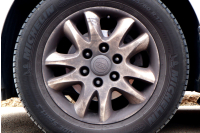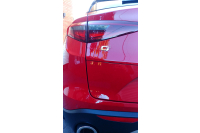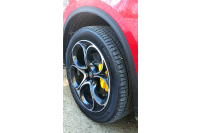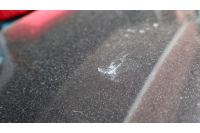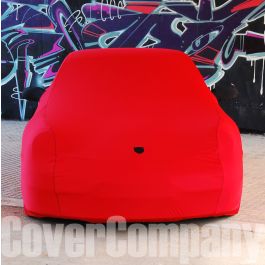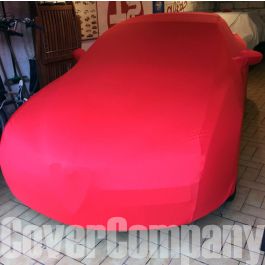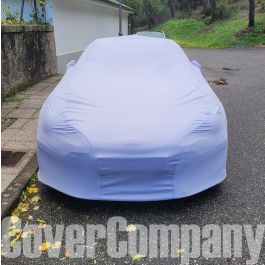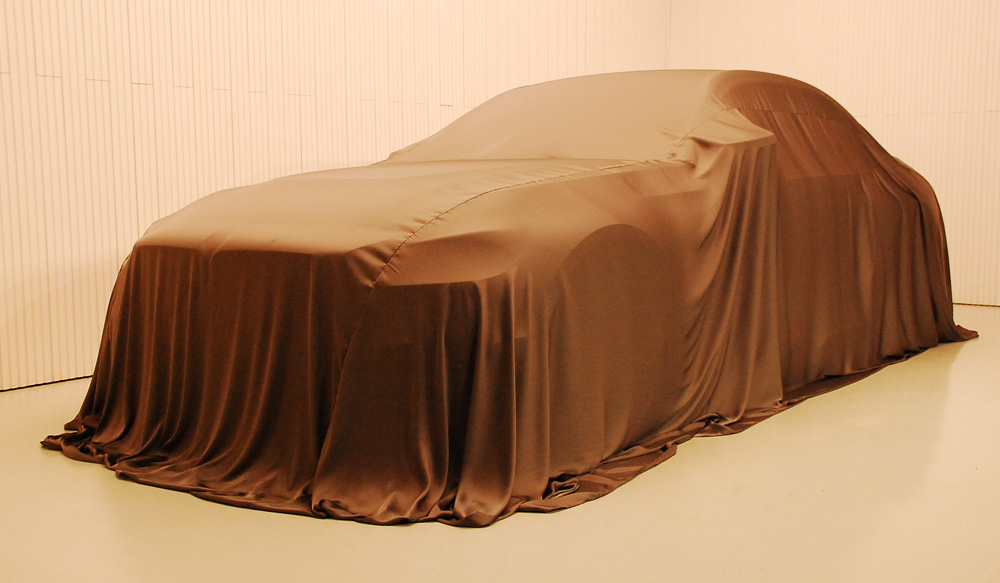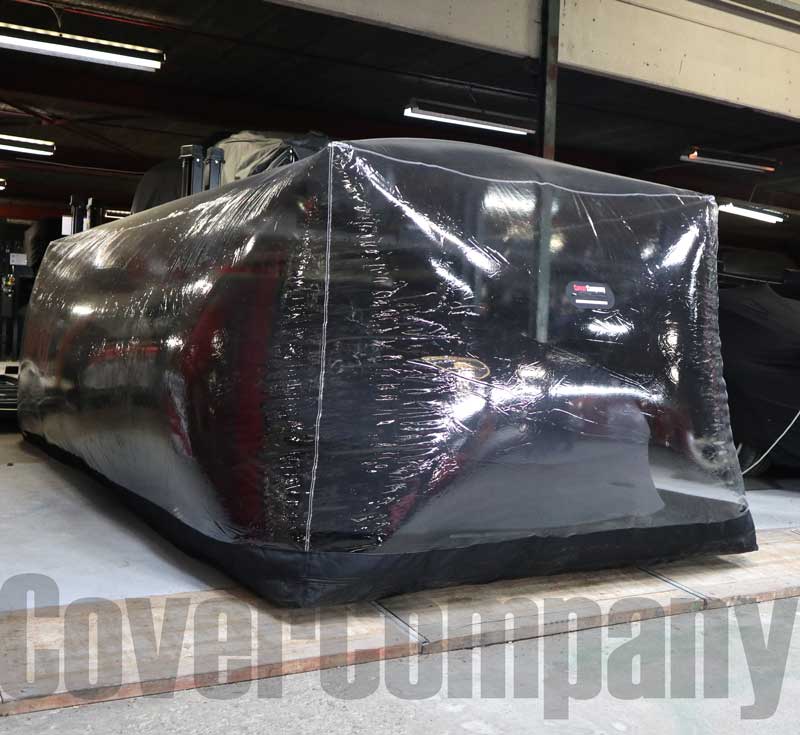The Nuts and Bolts of Preventative Car Care (part 1)
The salesman passes you the keys and shakes your hand. Once you’re in the driver’s seat and pull onto the street, you can’t help but beam with pride. It’s YOUR car. Clean, shiny, and perfect. For the first weeks, maybe months, you’re obsessive about keeping it showroom-fresh. No one eats or drinks in your car and the carwash owner knows you by name already.
But the excitement and pride lose their luster over time. Other things return to their previous priority like family and work…and rightfully so. With that shift in priorities, your car starts to wear the signs. A French fry or two under the seat and mud spatter on the fenders. The floor mats desperately need a wash. You’ve parked it uncovered in the driveway for who-knows-how-long as you try to decipher the IKEA instructions for new furniture you’re assembling in the garage. And the tires and rims you so painstakingly scrubbed by hand are caked with brake dust.
At this rate, it doesn’t take long until your vehicle is going to need some serious help. And it’s not just a cleaning – left unkempt, it can actually lead to premature wear and unintended damage on your car. Don’t get down on yourself, though. For most car owners, it’s the natural progression. But car care doesn’t have to be drudgery and a weekend-long process. Get ahold of the right gear and spend a bit of time every week or two and you’ll enjoy years of driving in a car you can be proud of.
Whether you don’t know where to start or you just need a refresher, these tips will help you keep your vehicle looking and working its best.
Caring for Your Car Engine
Here’s the thing about car care: it’s a package deal. It doesn’t just include fussing over the exterior and primping your car’s interior. It starts with the whole reason you own a vehicle, and that’s for reliable transportation, isn’t it?
If the engine isn’t working as it should, there’s no need to bother with the rest. Take an Uber or hop on a bus or subway instead. But engine care is pretty straightforward stuff, overall.
Follow the Maintenance Schedule
If you bought your car new, it came with an owner’s manual that highlights all of the required and recommended maintenance. If you bought used, you could find the maintenance schedule online. The engineers who had a hand in building your car, so you have no reason NOT to follow it.
Routine engine maintenance includes an engine and oil filter change at periodic intervals. Other items that are critical to keeping your car working for the long haul are coolant flushes, air filter replacements transmission services, brake fluid and power steering fluid exchanges, and belt replacements.
Stay on top of engine maintenance and you can expect healthy motoring for years with minimal costs.
Engine Cleaning
In time, grime and grease build up on key areas under the hood. Even simple road dust can make it look like your new car has a decades-old engine in it. That grime forces your engine to retain heat that would otherwise disperse into the atmosphere. It’s not just about appearances – a clean engine can prevent breakdowns from its number-one enemy, heat.
A high-quality degreaser spray directly applied to caked-on areas will help break it down. Let it sit awhile to let it work its magic. Then, hose it down with a pressure washer or garden hose.
Tip – DO NOT spray water directly on electrical components. That includes the junction block, alternator, and wiring connectors. It can and often does cause issues either immediately or soon after.
What Our Customer Are Saying...
-
PERFECT PROTECTION GOLDWING 1500 By: Gilles COHARD
 Very satisfied with this indoor size L cover (2.8 m x 1.2 m x 1.6 m) for the Goldwing 1500. Unfold carefully as the package is vacuum-sealed and the transparent part is very sticky. I installed it by myself. Be careful to position the antennas correctly. Consider using protection under the center and side stands to preserve the cover. No instructions in French. This cover is not cheap, but it really does the job. I highly recommend it. CoverCompany responds quickly to questions, which is much appreciated.
Very satisfied with this indoor size L cover (2.8 m x 1.2 m x 1.6 m) for the Goldwing 1500. Unfold carefully as the package is vacuum-sealed and the transparent part is very sticky. I installed it by myself. Be careful to position the antennas correctly. Consider using protection under the center and side stands to preserve the cover. No instructions in French. This cover is not cheap, but it really does the job. I highly recommend it. CoverCompany responds quickly to questions, which is much appreciated. -
Decent quality for the price By: Paul
 Cover is good quality. Being a standard fit cover it's designed to fit large SUV vehicles which is slightly too big for a Stelvio, but it's better that it's oversized than too small. It's never going to fit back into the storage bag or case that came with it so will have to find another way of storing it which is disappointing. Took about 10 days to get to the UK. - Answer by Cover Company: Thanks for your feedback Paul. The package includes an additional storage bag to store the cover once it has been used,
Cover is good quality. Being a standard fit cover it's designed to fit large SUV vehicles which is slightly too big for a Stelvio, but it's better that it's oversized than too small. It's never going to fit back into the storage bag or case that came with it so will have to find another way of storing it which is disappointing. Took about 10 days to get to the UK. - Answer by Cover Company: Thanks for your feedback Paul. The package includes an additional storage bag to store the cover once it has been used,

